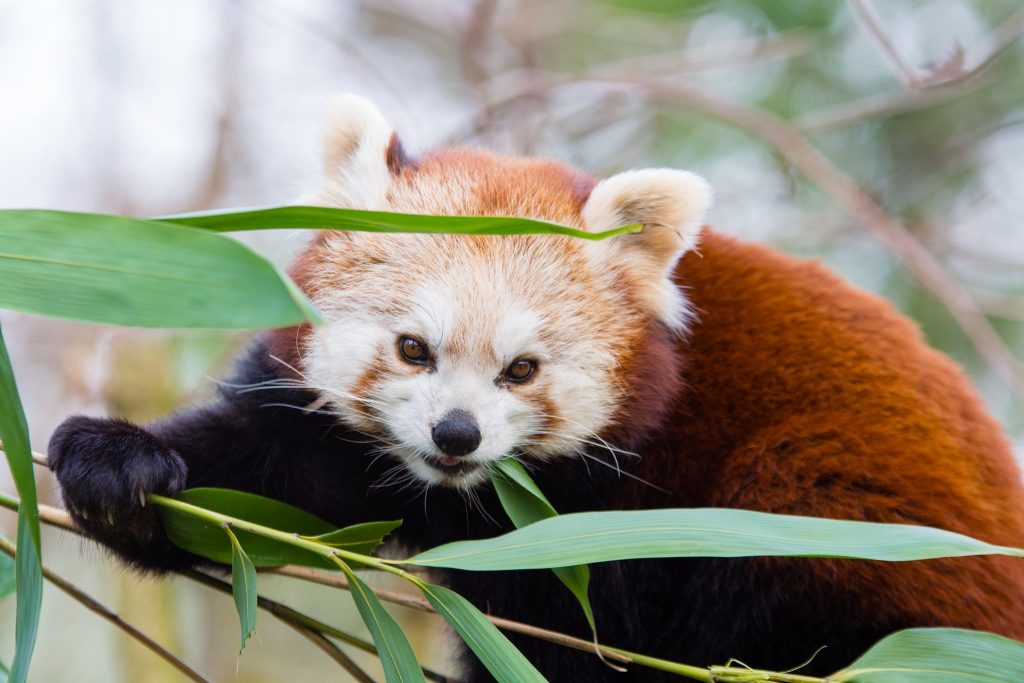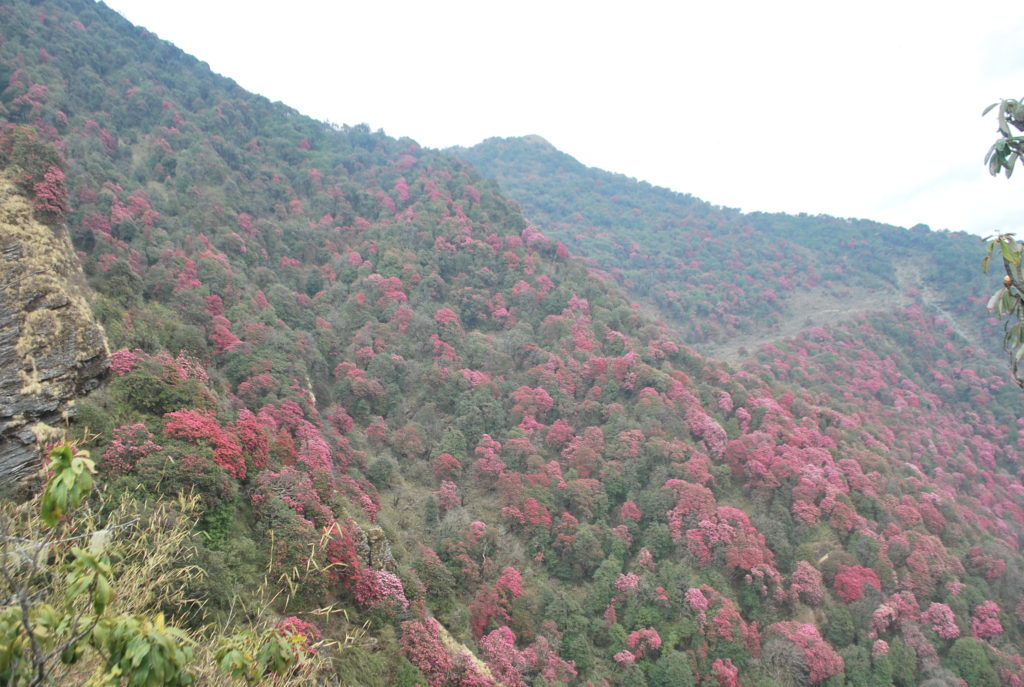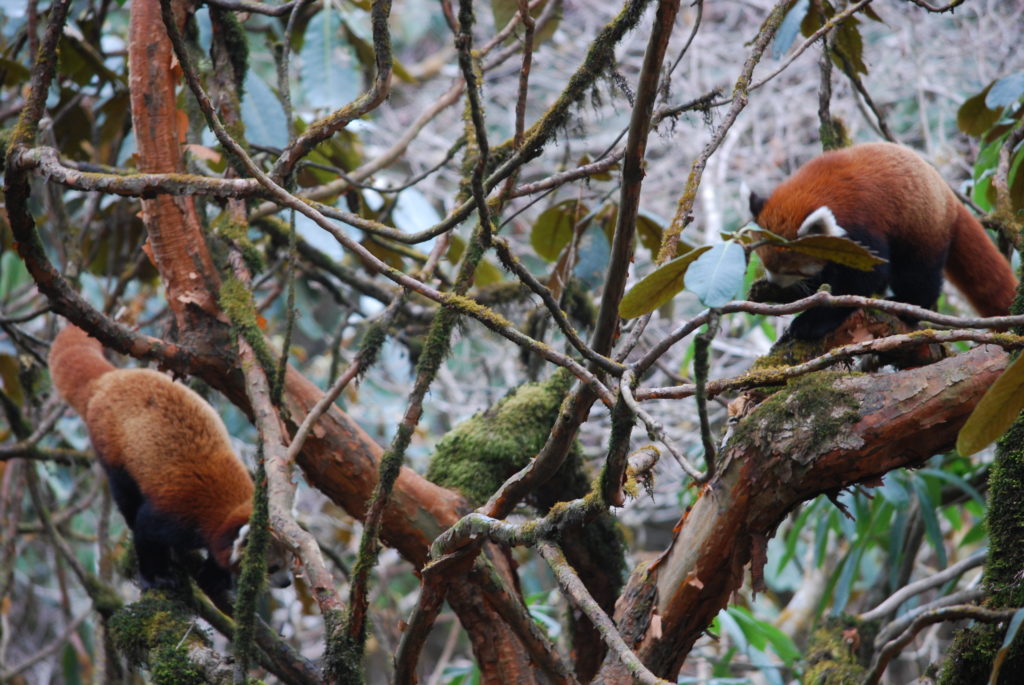5 Reasons We Should Save the Red Panda this Holiday Season

THEY MAY BE A SMALLER FLAGSHIP SPECIES BUT THE CONSERVATION OF RED PANDAS MAKES A HUGE IMPACT.
There's a lot of sad news out there. The destruction of the rainforest, a rapidly changing climate; it's easy to feel defeated and unsure about our planet's future.
But Red Panda Network (RPN) is determined not to let that discourage us or slow us down. We implore you to join us in making this holiday season about solutions and small victories—and the reasons why we must keep fighting.
Our community-based programs are fostering red panda stewardship among Himalayan communities—and thanks to RPN supporters around the world—we're witnessing encouraging results.
This is something to celebrate. We hope it will lift your holiday spirits.
RPN also knows that the battle is far from over. Human populations continue to rise in red panda range and poverty, along with insufficient livelihood opportunities, are driving threats such as habitat loss and poaching.
So why must we keep fighting? Sure red pandas are cute, appear cuddly and are often a favorite attraction at a local zoo. But why is it so important that we save red pandas from extinction? There are many reasons why and here are five of them:
1. They are unique—very unique Red pandas are unlike any animal and discovered 50 years before the giant panda, saving them will help preserve our world’s natural heritage.

Photo by Mathias Appel.
2. Combat Global Climate Change The forests where red pandas live are the lungs of South Asia. If these forests are intact and function properly they can help to combat global climate change and ensure a healthy life for the people, animals, and plants of South Asia.
3. Preserve the Ecological Integrity of South Asia The mountain chains of the Eastern Himalaya and parts of southwestern China — where red pandas are found — are the origin of South Asia’s three largest rivers: the Brahmaputra, Ganges, and Yangtse. These rivers provide water for half of China, northern and northwestern India, Nepal, Tibet Autonomous Region of China, Bhutan, and Myanmar.
 Red panda habitat in Eastern Nepal.
Red panda habitat in Eastern Nepal.
4. Protect a Global Biodiversity Hotspot Red pandas are a flagship species and indicator of the overall health of the vibrant Eastern Himalayan forests. Conserving them means habitat for many species will be protected, as well as a landscape that supports over 500 million people.
5. More red pandas = more trees The red panda is are a tree-dwelling species (arboreal). They live alongside other threatened wildlife, as well as human communities, all of whom depend on forests for their survival. But red panda conservation also has a global impact: If we protect red panda habitat, help to mitigate deforestation—or restore degraded or clear-cut forests—we are providing our planet with the many benefits of trees including cleaner air, cleaner oceans, and reduced runoff.
5. More red pandas = more trees The red panda is are a tree-dwelling species (arboreal). They live alongside other threatened wildlife, as well as human communities, all of whom depend on forests for their survival. But red panda conservation also has a global impact: If we protect red panda habitat, help to mitigate deforestation—or restore degraded or clear-cut forests—we are providing our planet with the many benefits of trees including cleaner air, cleaner oceans, and reduced runoff.


Wild red pandas in Eastern Nepal.
So please remember these 5 reasons as we forge ahead to save our planet and the many wonderful species we share it with, big or small.
Check out our new 'Why Save the Red Panda?' infographic and don't forget to share it with your friends!
Happy holidays!
